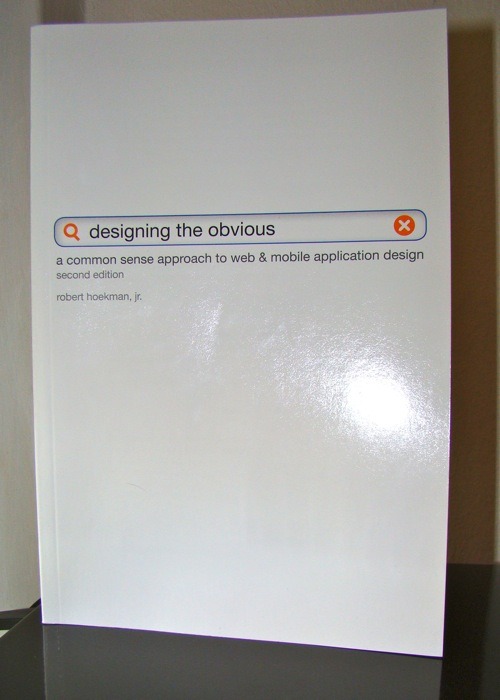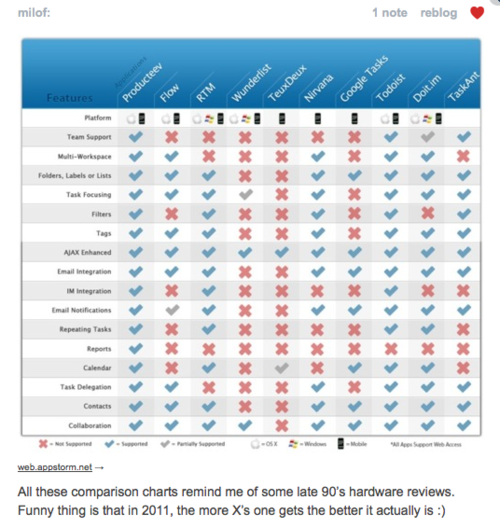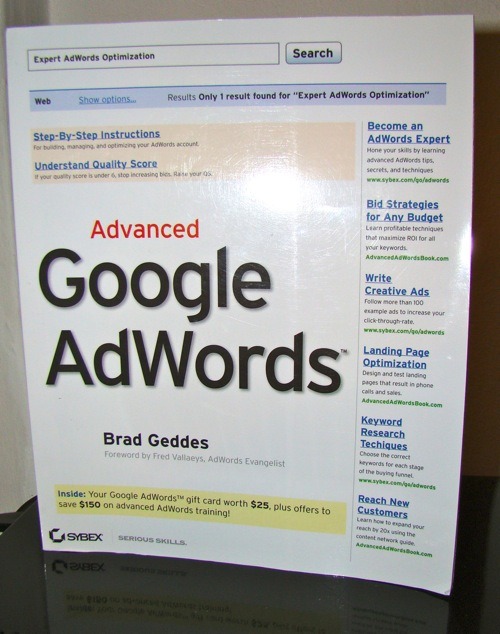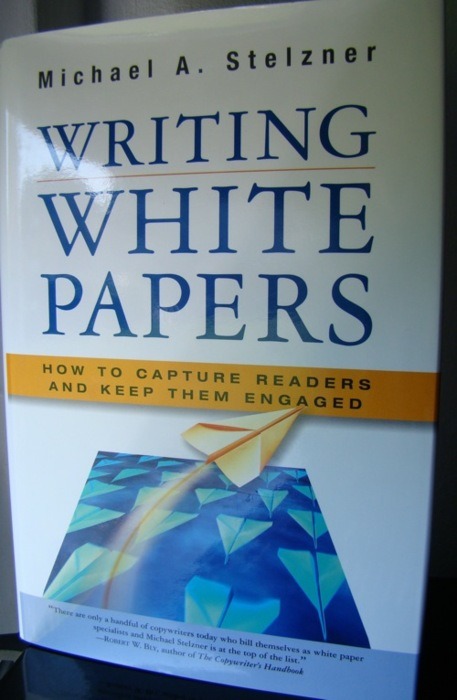
What is it about?
If you want to immerse yourself in design, this is the ideal starting point. William Lidwell, Kritina Holden and Jill Butler show you over 100 different principles of design, including the Golden Ratio, prototyping, the mental model and framing.
What can I learn?
Gestalt theory of perception: The theory includes some interesting observations. One is the ground-object-relationship. You probably know the vase which also looks like two faces. This is an application of this principle. Would you make the vase look more like a actual object, e.g. coloring it, it would become the object and the white space the ground. It is a pretty big topic, so if you want to learn more about the theory there is nice short website about it.
Fitts’ Law: This law applies is peculiar important in usability. It states that the time which takes to reach a element (e.g. a button) depends on the distance and size of it. That is, if you want to minimize the time for your user, you could make your site narrower or just increase the size of the buttons.
Face-Ism Ratio: The ratio is pretty exciting. Researchers found that the ratio of the height of all visible body parts to the height of the head determines how the person looks. If the ratio is high, you look more intelligent, dominant and competent. If you start to decrease the ratio you will look more sensual and attractive.
Conclusion
Universal Principles of Design is a pretty nice book. The layout is great. There is explanatory text on the left and examples and illustrations on the right. That is, each principle is explained on one page. And there are lots of it of various topics. If you are interested in design, you should consider reading this book.




